Health and Wellness Trends
The increasing focus on health and wellness significantly influences the Rock Climbing Gym Market. As more individuals prioritize physical fitness and mental well-being, climbing emerges as an appealing option that combines both elements. Climbing not only enhances physical strength and endurance but also promotes mental resilience and stress relief. Data indicates that fitness-related activities, including climbing, have seen a 25% growth in participation among adults aged 18 to 35. This demographic shift suggests that the Rock Climbing Gym Market is well-positioned to attract health-conscious individuals seeking innovative ways to stay fit and engaged.
Community and Social Engagement
The Rock Climbing Gym Market benefits from the strong sense of community that climbing fosters. Many climbing gyms serve as social hubs, where individuals can connect, share experiences, and participate in group activities. This community aspect is particularly appealing to younger generations who value social interaction in their fitness routines. Recent surveys indicate that approximately 70% of climbers cite community engagement as a primary reason for their continued participation in climbing activities. This trend suggests that the Rock Climbing Gym Market can leverage community-building initiatives to enhance customer loyalty and attract new members.
Urbanization and Space Utilization
Urbanization plays a crucial role in shaping the Rock Climbing Gym Market. As cities expand, the demand for indoor recreational activities rises, particularly in densely populated areas where outdoor climbing may be limited. Climbing gyms offer a unique solution by utilizing vertical space, allowing urban dwellers to engage in climbing without the need for extensive outdoor facilities. Recent statistics indicate that urban areas have seen a 15% increase in the establishment of climbing gyms over the last three years. This trend suggests that the Rock Climbing Gym Market is likely to thrive in urban settings, where convenience and accessibility are paramount for potential climbers.
Rising Interest in Adventure Sports
The Rock Climbing Gym Market experiences a notable surge in interest as more individuals seek adventure sports for recreation and fitness. This trend is driven by a growing awareness of the physical and mental benefits associated with climbing. According to recent data, participation in climbing activities has increased by approximately 20% over the past five years. This rising interest is not only attracting seasoned climbers but also novices eager to explore new fitness avenues. As climbing gyms become more accessible, they cater to diverse demographics, including families and young adults. The Rock Climbing Gym Market is thus positioned to capitalize on this trend, potentially leading to increased membership and revenue streams for climbing facilities.
Diverse Climbing Offerings and Programs
The Rock Climbing Gym Market is characterized by a growing diversity in climbing offerings and programs. Gyms are increasingly providing a range of climbing styles, including bouldering, sport climbing, and competition training, catering to various skill levels and preferences. Additionally, many facilities are introducing specialized programs such as youth climbing classes, fitness training, and team-building events. This diversification not only attracts a broader audience but also encourages repeat visits from existing members. Data shows that gyms offering varied programs experience a 30% higher retention rate compared to those with limited options. This trend indicates that the Rock Climbing Gym Market is evolving to meet the diverse needs of its clientele.


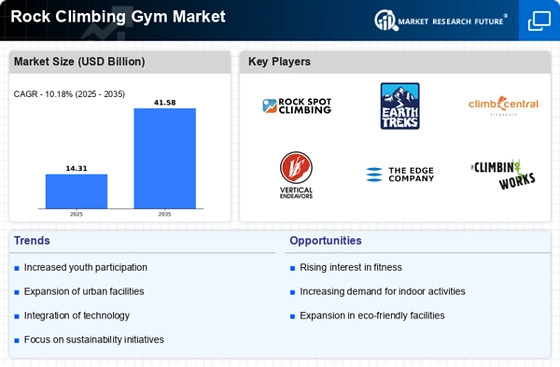
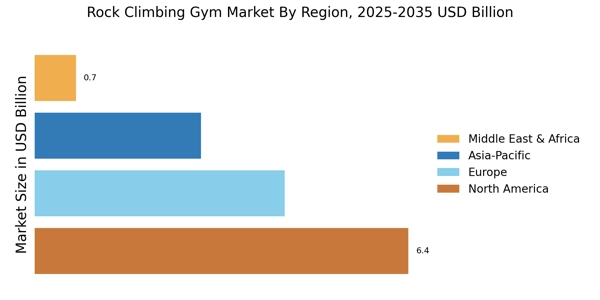
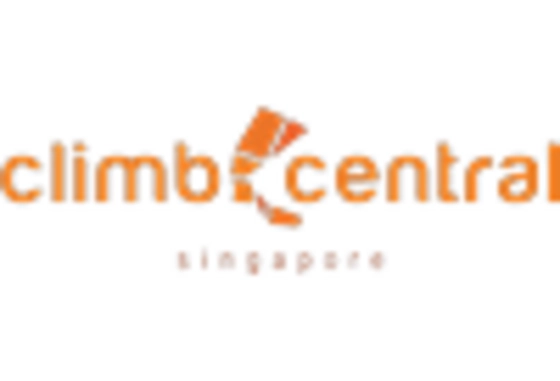
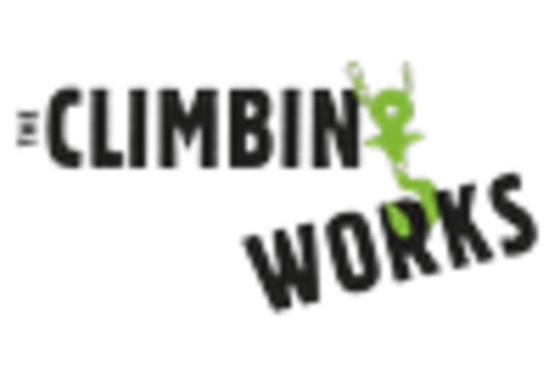
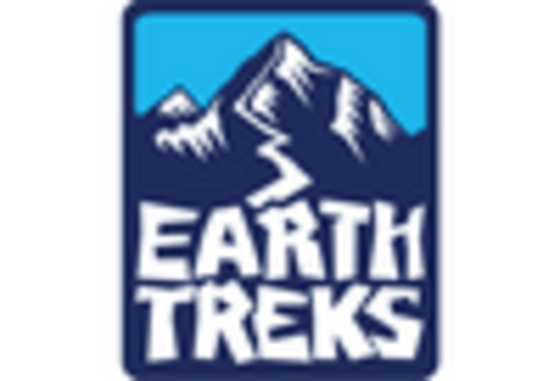
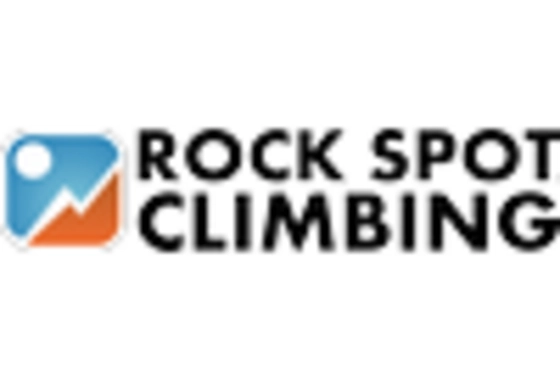
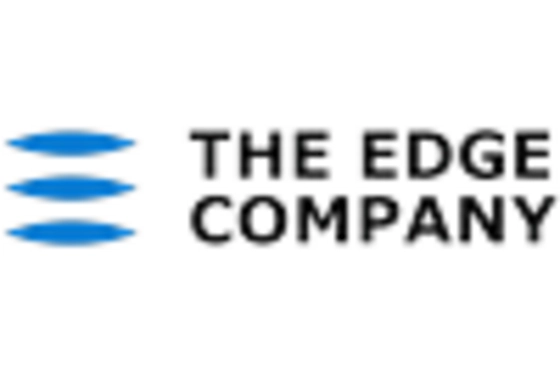
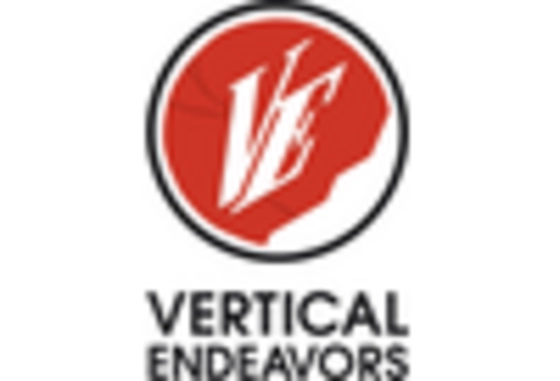








Leave a Comment